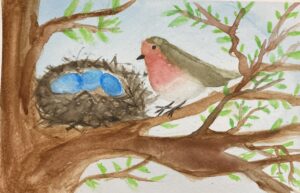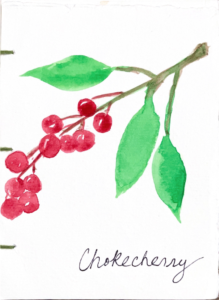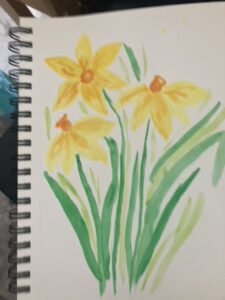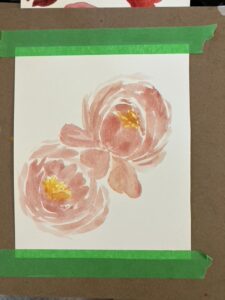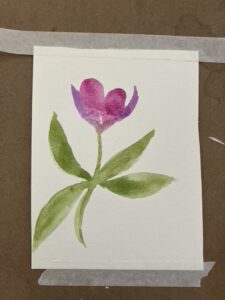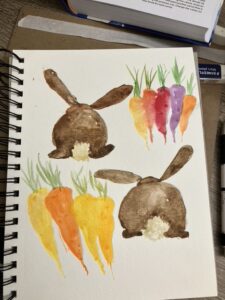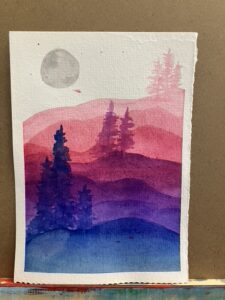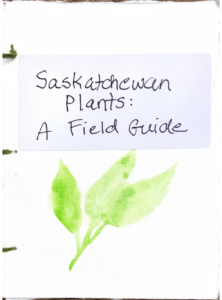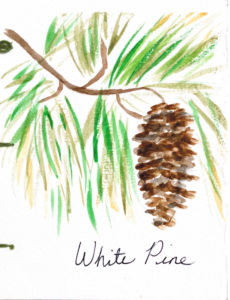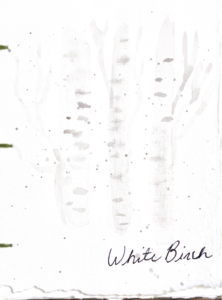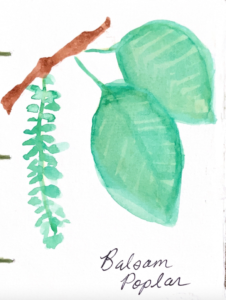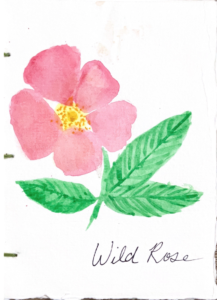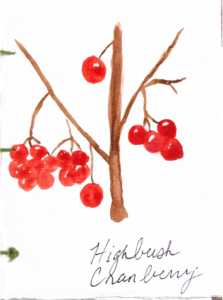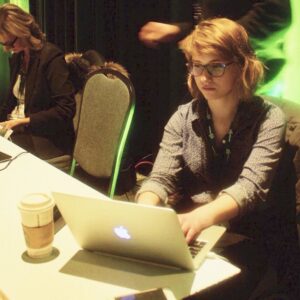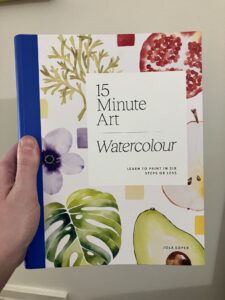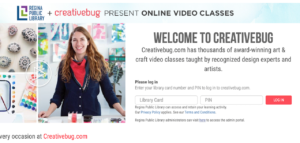For my general thoughts about generative AI, please see a screenshot of these tweets:
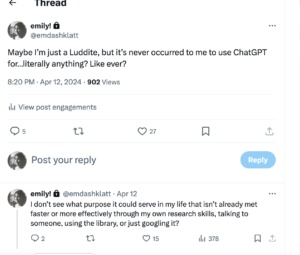
I keep my twitter account private for Professional Reasons, although the Dean of the Faculty of Education and the STF library do follow me!
I’ve long been skeptical of ChatGPT, but it wasn’t until I actually tried it that my preconceived notions were confirmed. I haven’t found anything it can do for me, personally or professionally, that I can’t do better or more quickly myself with the help of Google. It’s incredibly dark to me to see people writing about how AI can create “ no fewer than 28,349 ways … [to] help me be better at my job”.
Some tout generative AI as an alternative to search engines. And yet the free version of ChatGPT does not seem to provide direct links to the resources it draws on for responses. So in order to assess the quality of information provided by ChatGPT I would still need to Google the prompt anyways. Hmm.
Here’s an example of how ChatGPT free gave me similar answers as Google, minus links to actual useful sources, and not created by real people.
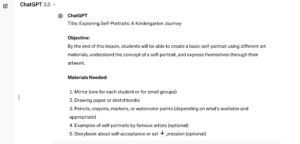
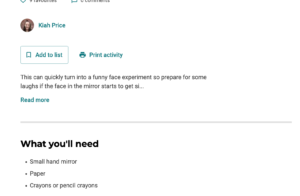
Does ChatGPT give a fuller lesson plan than the first few hits of my google search? Sure, but I know I could find what I’m looking for with five more minutes of searching. Or I could flesh out the lesson plan myself, which is part of what I’m trained to do as a teacher. I’m not trying to be mean, but using AI to create all your lesson plans feels a bit like a cop out. What’s the point of all this teacher training and going into debt if a machine can do a huge chunk of my job for me?
I don’t have a good answer, but neither does ChatGPT.

